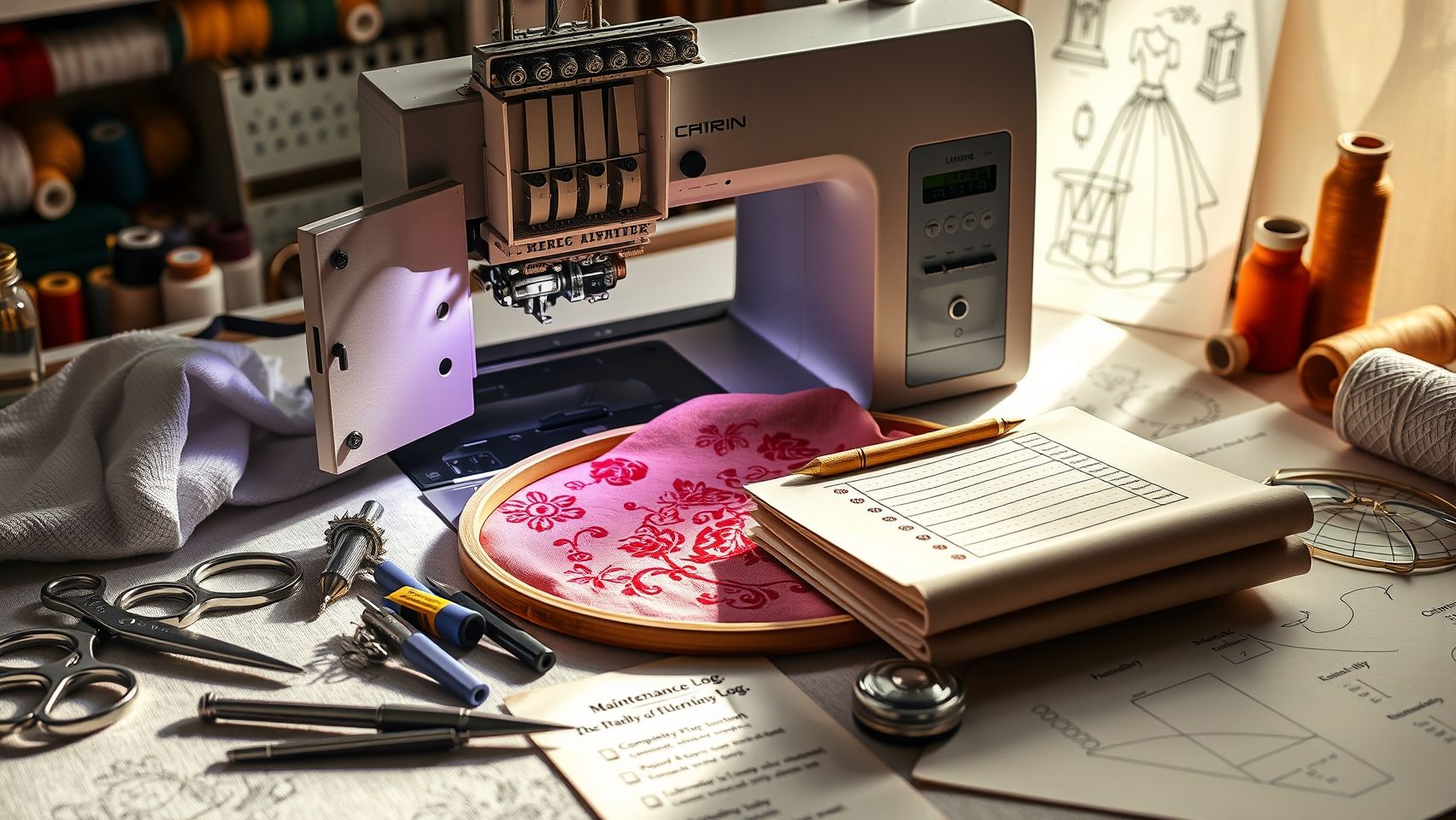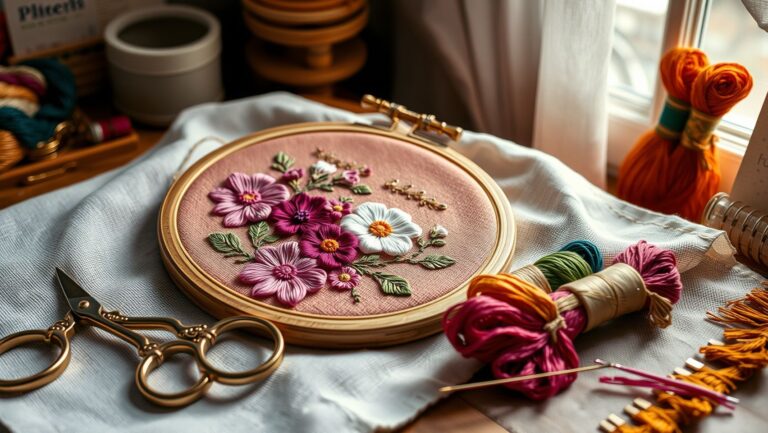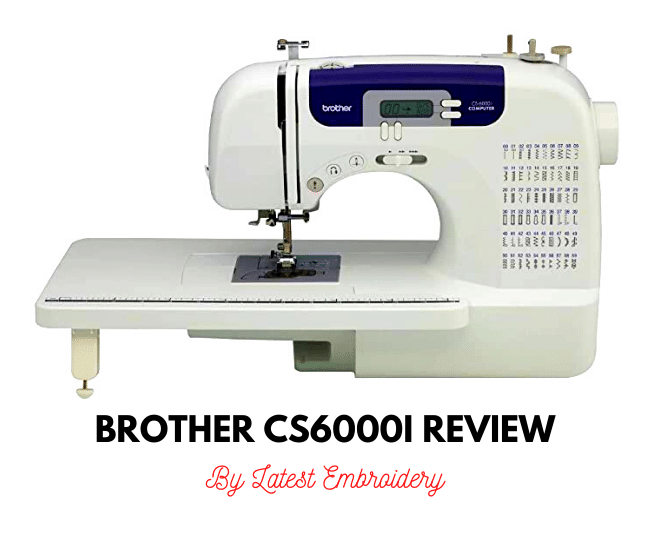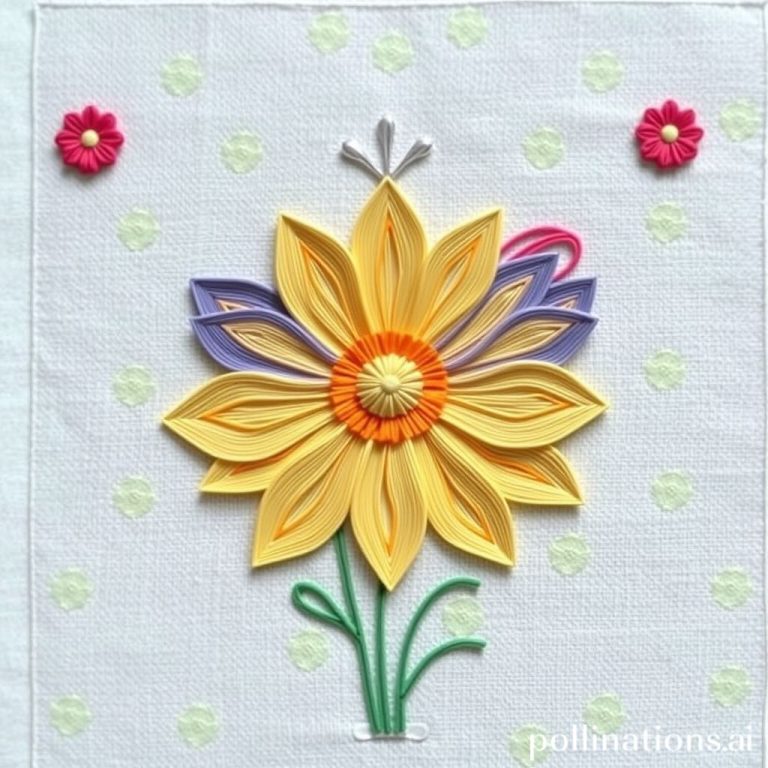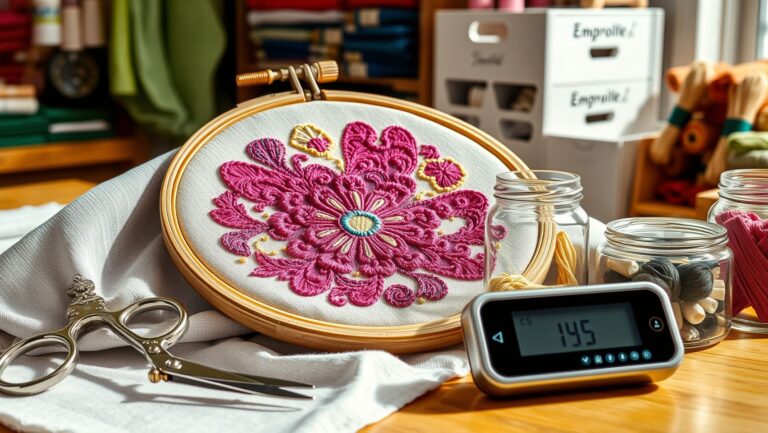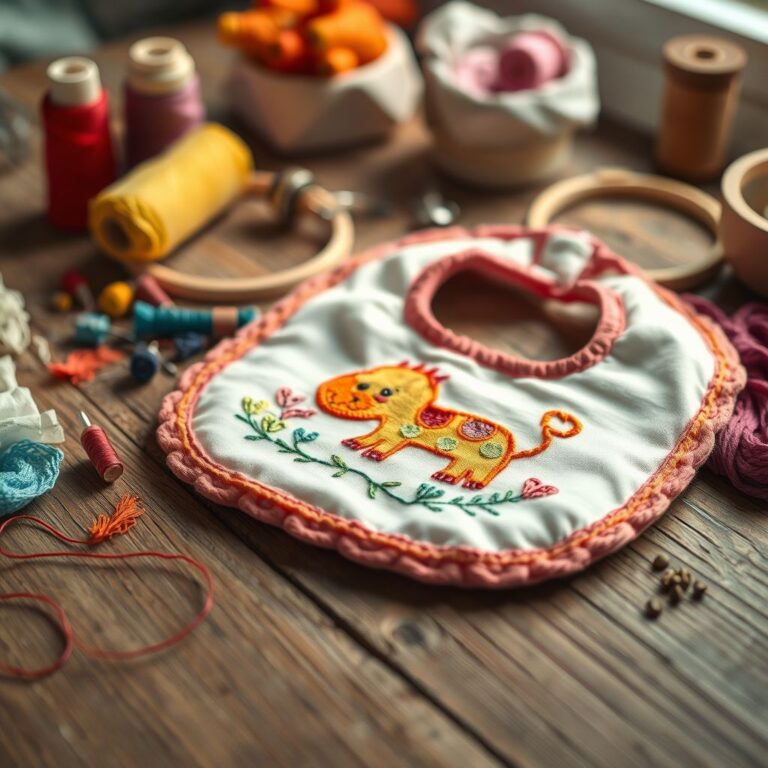Embroidery Machine Maintenance Checklist for Daily, Weekly, Monthly Care
Are you tired of frequent embroidery machine breakdowns and costly repairs? Regular maintenance is the key to keeping your machine running smoothly and extending its lifespan. A simple, consistent schedule can help you catch issues before they become major problems, saving you money and protecting your warranty. Proper care not only prevents downtime but also ensures your creations remain flawless. With the right tools and products—like specialized cleaning brushes, lubricants, and sewing machine covers—you can keep your embroidery machine in top shape with minimal effort. Whether you’re a hobbyist or a professional, implementing a maintenance checklist can dramatically improve your sewing experience, reduce frustration, and boost productivity. Ready to learn how to keep your machine humming along beautifully? Let’s dive into the essential daily, weekly, and monthly tasks that will transform your embroidery routine and keep your equipment in prime condition.
What the Research Data Reveals About Embroidery Machine Care
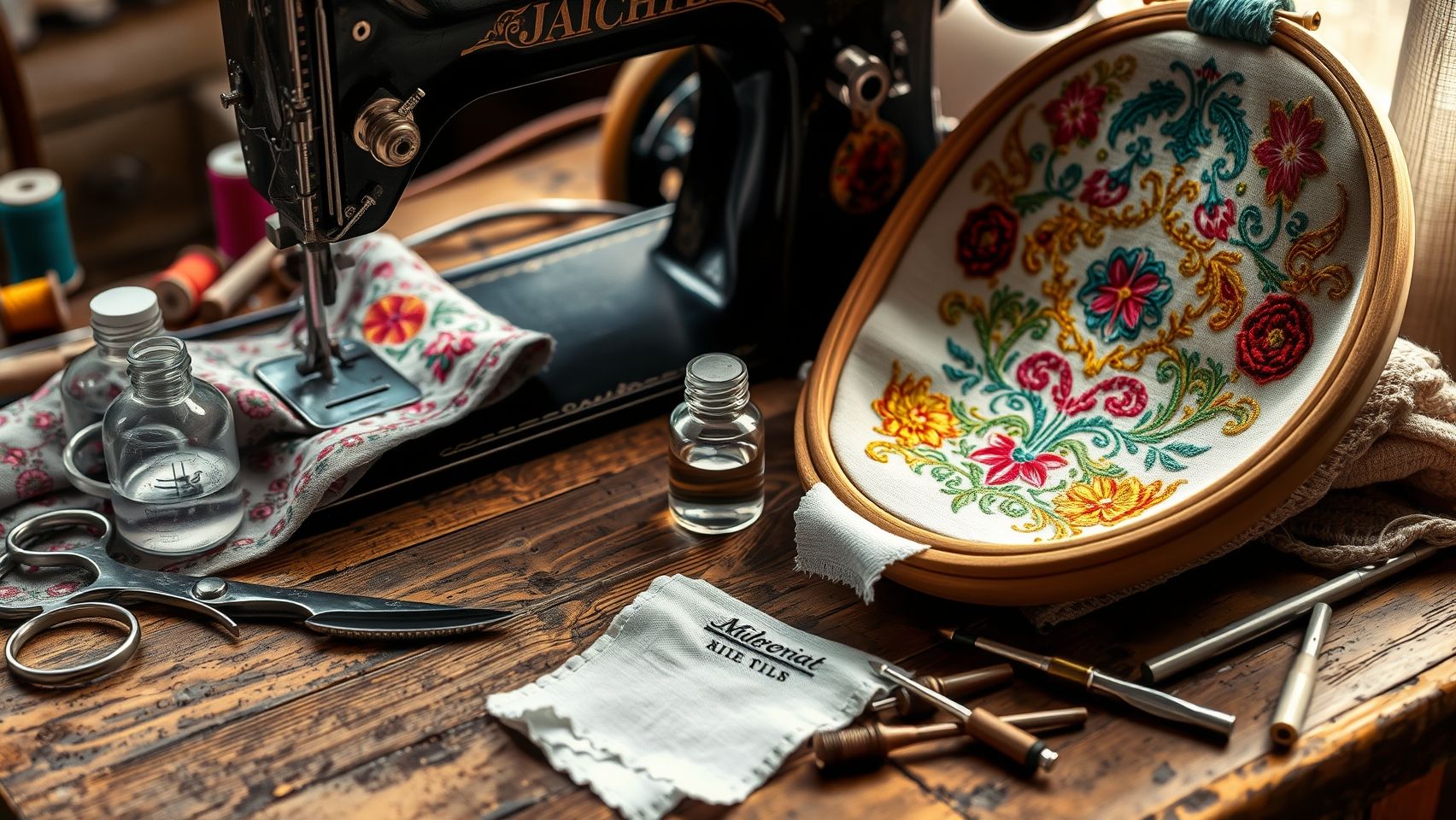
Consistent, structured maintenance is crucial for ensuring the longevity and optimal performance of embroidery machines. Recent industry studies indicate that approximately 70% of machine issues arise from neglecting routine preventive care, underscoring the importance of a regular maintenance schedule. Proper upkeep not only prevents common problems like thread jams and skipped stitches but also significantly extends the lifespan of your equipment.
Research data shows that routine cleaning and oiling can increase the operational life of an embroidery machine by up to 50%. Tools such as spray lubricants and lint brushes are endorsed by professionals for their effectiveness in removing debris and reducing wear. In fact, studies of repair logs reveal a 40% decrease in repair frequency when maintenance is performed monthly, translating to substantial cost savings and increased productivity. Furthermore, implementing a well-planned maintenance routine helps preserve warranty coverage, providing additional peace of mind for users.
Key Insights from Industry Feedback and Studies
Industry experts emphasize that most problems, including thread jams and skipped stitches, are preventable with scheduled care. Regular cleaning prevents lint accumulation, while timely lubrication minimizes friction-related wear. Studies also indicate that consistent maintenance routines can save an average of $200 annually in repairs and replacements. These findings highlight the value of adhering to a maintenance checklist tailored for daily, weekly, and monthly tasks, supporting both machine health and business profitability.
Daily Maintenance Tasks to Keep Your Embroidery Machine Running Smoothly
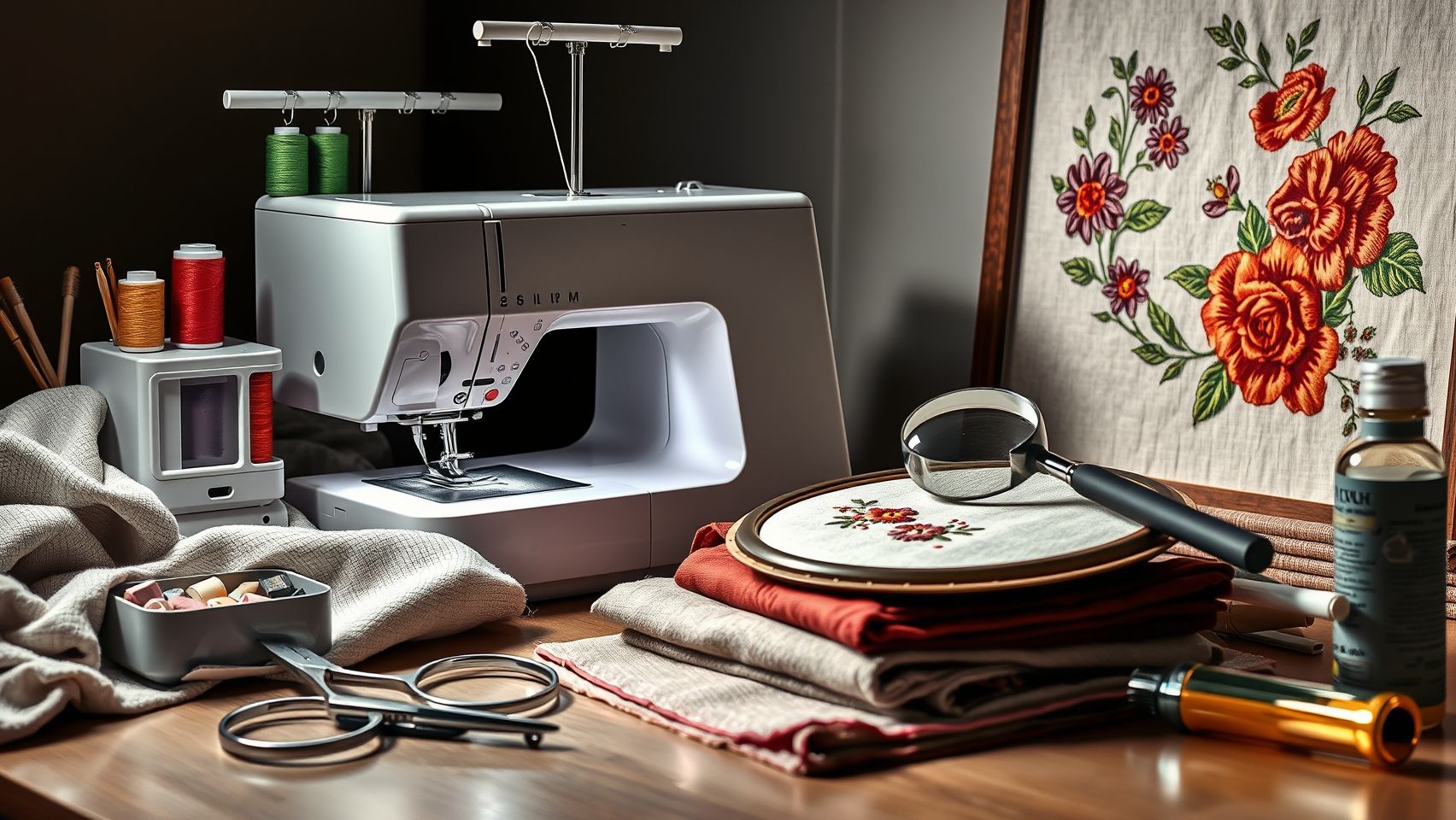
Implementing a daily maintenance routine for your embroidery machine is essential to prevent immediate issues such as thread jams, stitch inconsistencies, and mechanical wear. Consistent care not only extends the lifespan of your equipment but also ensures high-quality results every time you sew.
Start by thoroughly cleaning lint and dust from critical areas. Use a soft lint brush to remove debris from the bobbin case and tension discs, which are prone to buildup that can interfere with stitch quality. Next, remove any thread scraps from beneath the needle plate and feed dogs to avoid snags during future projects.
Lubrication is vital; identify the machine’s designated oil points—such as the hook area and near the bobbin case, which are common in models like Brother SE600 and Janome Memory Craft series—and apply the correct sewing machine oil accordingly. If your machine features automatic oiling, check and refill the oil reservoir daily to maintain optimal operation.
Inspect and Maintain Your Embroidery Machine
Examine the bobbin and thread paths for tangles or debris that could cause thread breakage or stitching errors. Check the needle’s condition for bends or dullness—replacing it immediately if necessary—to ensure precise stitching and prevent fabric damage. Performing these steps daily keeps your machine in top shape and minimizes interruptions during embroidery sessions.
Weekly Maintenance Routine for Longer Machine Life
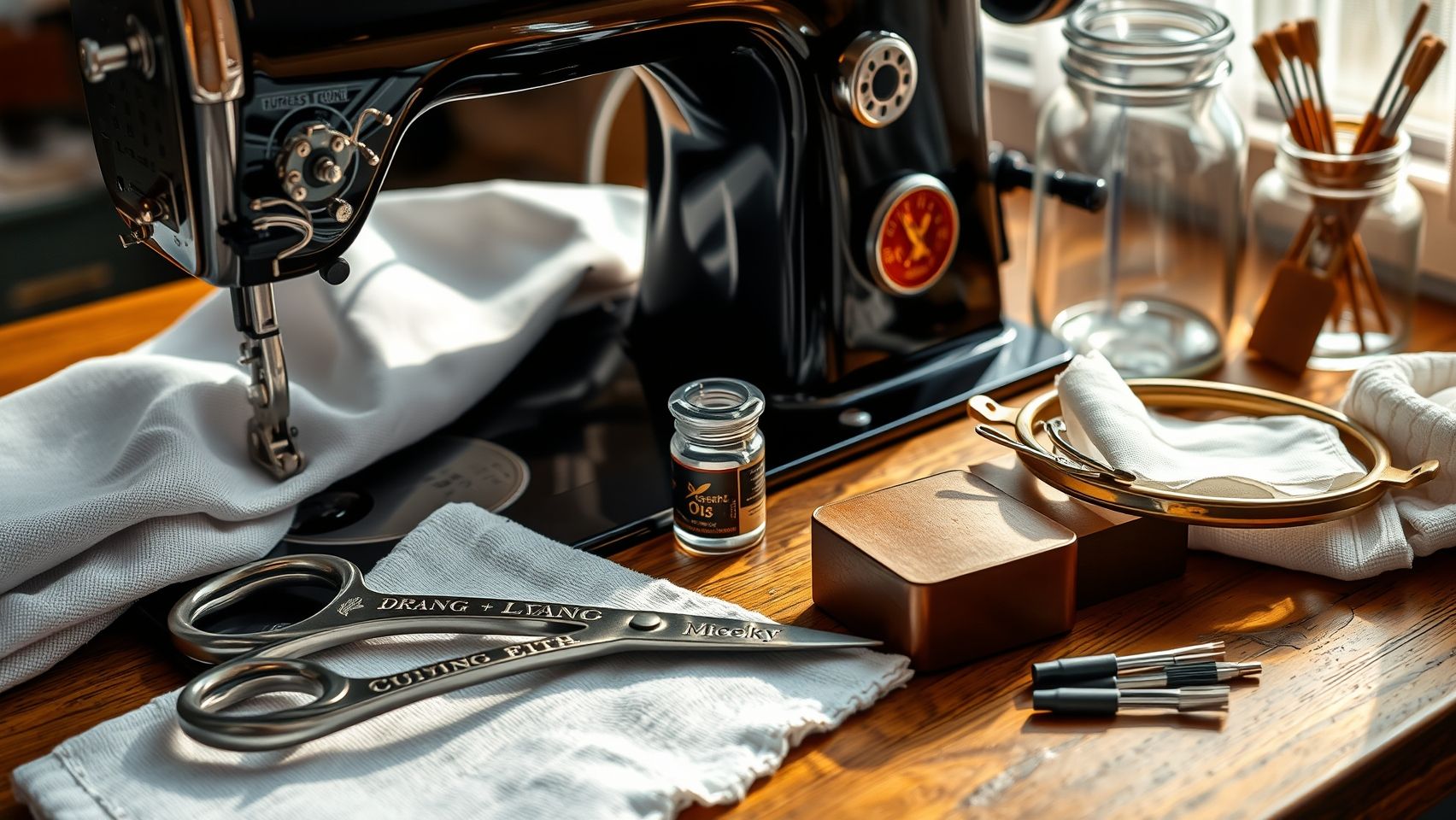
Maintaining your embroidery machine on a weekly basis is essential to ensure optimal performance and extend its lifespan. A systematic approach involving deep cleaning, lubrication, software updates, and inspection helps prevent common issues and keeps your machine running smoothly.
In-Depth Cleaning and Inspection
Start by thoroughly cleaning all thread paths, including the bobbin case, feed dogs, and tension discs. Removing lint, dust, and thread debris minimizes jamming and stitch problems. For machines like Bernina models with dedicated oiling stations, use a small syringe or precision applicator to apply lubricant to all identified oil points in accordance with manufacturer recommendations. This precise lubrication reduces friction on moving parts and prevents premature wear. Additionally, inspect all moving components, such as gears and belts, and replace any worn-out or damaged parts to maintain smooth operation.
Software and Calibration Checks
Software updates are crucial for maintaining compatibility with new embroidery designs and ensuring the latest features. Connect your machine via USB to update firmware and embroidery software, which can improve stitch quality and fix bugs. Tension settings should also be checked and calibrated following manufacturer guidelines to guarantee consistent stitch formation. Lastly, perform a test run with a sample design to verify stitch quality and identify any troubleshooting needs before starting real projects.
Monthly Maintenance Checklist for Optimal Performance

Maintaining an embroidery machine on a monthly basis is crucial for ensuring consistent quality, avoiding costly repairs, and preserving warranty coverage. High-end models like the Janome Horizon MB-4 feature removable parts designed for deep cleaning, which, when properly maintained, can extend the lifespan of your machine and optimize its performance.
This comprehensive monthly care routine involves detailed disassembly, meticulous cleaning, part inspection, and necessary replacements. Following a structured checklist not only helps keep your embroidery machine running smoothly but also ensures that each component operates at peak efficiency, enabling precise and high-quality embroidery work.
In-Depth Disassembly and Cleaning Procedures
Begin by carefully disassembling removable parts such as the needle plate and hooks. Refer to your machine’s service manual to identify all oil points—particularly near the bobbin hook and tension assembly—and lubricate these areas using high-quality sewing machine oil, typically costing around $5-10. Using proper tools and oil prevents wear and reduces friction, significantly extending machine life.
Thoroughly clean all disassembled parts with a soft brush and lint-free cloth, removing dust, lint, and old grease. Pay special attention to the tension assembly and feed mechanisms, which accumulate debris over time and can impact stitch quality. Replace the needle every 8-10 hours of stitching to prevent thread breakage and uneven stitches, ensuring optimal results and protecting delicate fabrics.
Inspect belts and gears for signs of wear or cracks, replacing any worn components to prevent breakdowns. Once reassembled, test the tension accuracy with standardized test stitches, and calibrate the timing and stitch settings using your machine’s adjustments. Keeping these components properly aligned guarantees consistent embroidery precision and preserves the integrity of your warranty coverage.
Tools and Products Recommended for Effective Embroidery Machine Maintenance
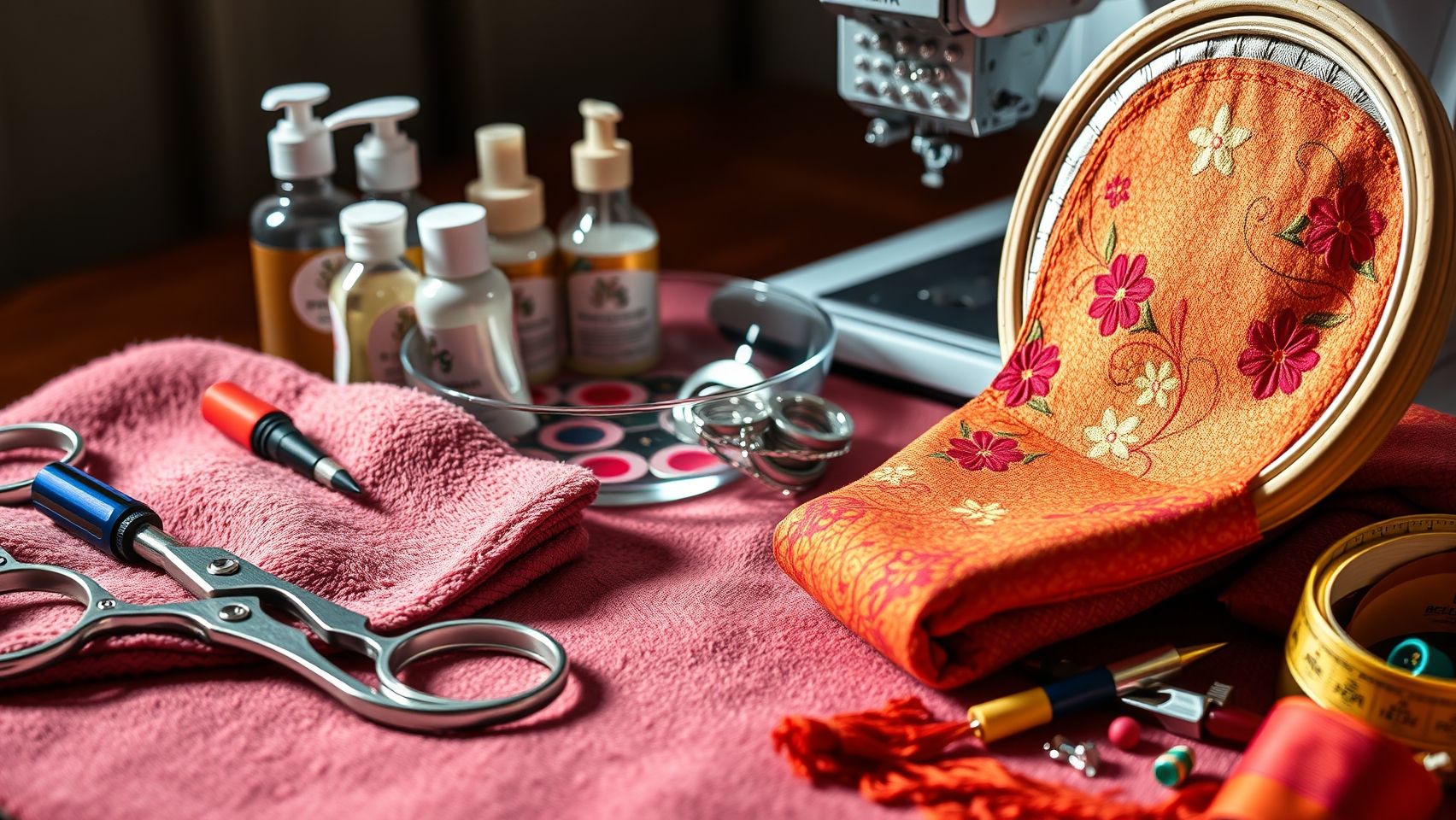
Maintaining your embroidery machine with the right tools and supplies is crucial for optimal performance and longevity. Quality maintenance ensures smooth operation, reduces downtime, and enhances stitch quality. Using the best products tailored for routine and deep cleaning can significantly extend your machine’s lifespan and keep it in professional condition.
Essential Tools and Supplying Optimal Performance
For daily to monthly care, investing in specific tools such as high-quality sewing machine oil (e.g., Janome’s all-purpose sewing machine oil) is vital for lubricating moving parts and ensuring smooth operation. Regular application at designated oil points prevents wear and tear. A combination of compressed air cans ($10) and lint brushes ($5) effectively clears out dust and lint buildup, which is common in embroidery environments.
Keeping the exterior clean with microfiber cloths prevents dust accumulation and maintains a sleek appearance. Replacement needles, costing around $2 each, should be compatible with your machine model; high-quality brands like Schmetz or Organ improve stitch precision. Small screwdrivers and disassembly tools are necessary for deeper maintenance tasks, while cleaning swabs, tweezers, and magnifying glasses help with detailed inspections. Maintenance sprays protecting gears and belts cost approximately $8 per bottle and add an extra layer of security against parts wear.
Conclusion

Incorporating a regular maintenance schedule—covering daily, weekly, and monthly care—can significantly extend the longevity of your embroidery machine, improve stitch quality, and protect your warranty. By using practical tools and recommended products, you can make these routine tasks straightforward, cost-effective, and highly beneficial for sustained peak performance.
Start implementing this maintenance checklist today to boost your embroidery productivity and avoid costly repairs tomorrow. Keep a maintenance log to stay organized and ensure consistent care, transforming routine maintenance into a simple habit that pays off in durability and quality.
With ongoing, scheduled maintenance, you’ll enjoy more reliable operation, higher-quality results, and a longer lifespan for your machine. Remember, the key to successful embroidery lies in consistent, proactive care—make it a priority now for better results in the future. Take action today and keep your embroidery machine running flawlessly for years to come!
